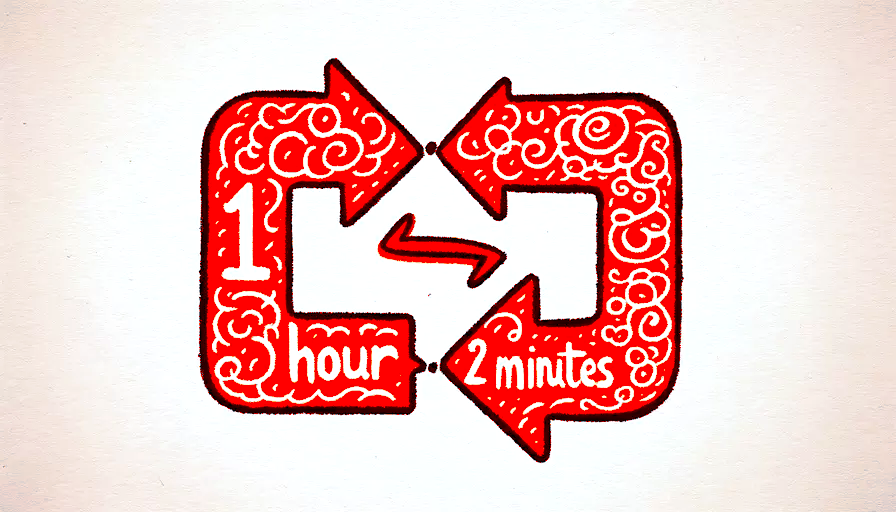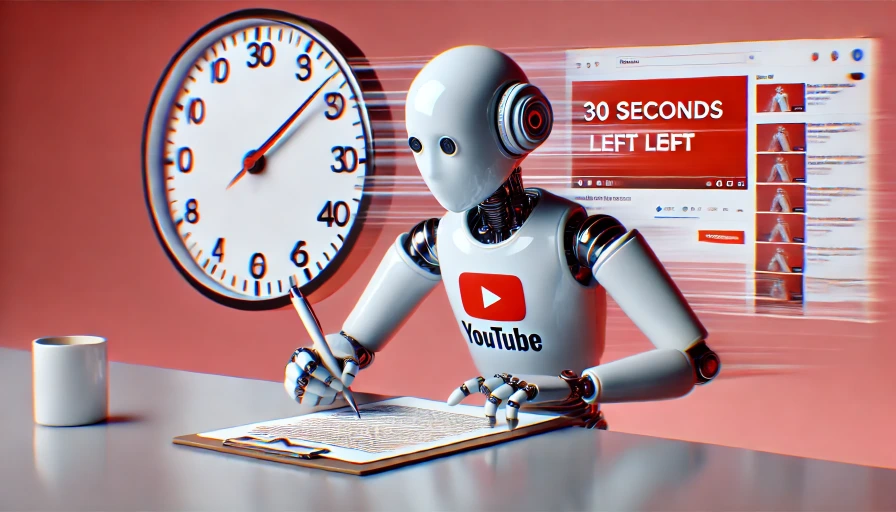
Can AI Summarize YouTube and Extract Quotes?
Can AI summarize YouTube videos and extract quotes?
TL;DR: Yes. If you feed a clean transcript to a capable model, you can get accurate summaries and pull quotes that map to timestamps. Results drop fast with noisy audio, missing captions, or vague prompts.
Why this matters in 2025
YouTube is the largest public lecture hall on earth. The bottleneck is time, not content. Reliable video summarization turns hour‑long talks into skimmable notes and credible citations. The trick is an opinionated workflow, not “magic AI.”
How AI actually summarizes videos
Modern models don’t “watch” pixels unless you give them vision input. In most practical setups they:
- Grab the transcript from YouTube or generate one with ASR (automatic speech recognition).
- Chunk the text with timestamps to preserve context.
- Run topic detection and salience scoring to extract key points.
- Recompose a structured summary with sections, bullets, and links back to moments in the video.
When the transcript is good, you get near-human summaries for lectures, interviews, and tutorials.
Example workflow that works in practice: 1) Get the transcript: Prefer the official YouTube transcript. If unavailable, generate one with a quality ASR (e.g., Whisper medium/large on clear audio). 2) Clean it: Remove filler, fix speaker turns, keep timestamps every 20–60 seconds. 3) Prompt for structure: Ask for 5–7 key takeaways, 3 highlights per section, and a short abstract. 4) Add citations: Request [mm:ss] timestamps after each point so readers can verify claims. 5) Sanity check: Skim parts the model marked as “critical” to ensure no hallucinated claims.
Extracting notable quotes that stand up to scrutiny
Good quote extraction isn’t keyword spotting. It’s about statements with: - Precision: A claim you can verify in context. - Compactness: < 250 characters reads well. - Attribution: Speaker name and timestamp. - Relevance: Advances the argument or gives a memorable insight.
Practical prompt tip: - Tell the model to return only verbatim lines present in the transcript, with the nearest timestamp. Ask it to skip paraphrases. You’ll reduce “almost-true” quotes.
Where AI shines
- Long-form interviews and lectures with clear audio and dense content.
- Recaps for research, show notes, and internal knowledge bases.
- Content repurposing: abstracts for newsletters, key points for slide decks, quotes for social posts.
Where it breaks
- Missing or low-quality transcripts: heavy accents, crosstalk, music under voice.
- Multi-speaker debates without diarization: quotes get misattributed.
- Visual-first videos: code walkthroughs, whiteboard math, product demos without narration.
Expect trade-offs: A 95% accurate transcript tends to produce “good enough” summaries. At 80% accuracy, the quote error rate becomes too high for publishing without manual checks.
A pragmatic setup I recommend
- Transcripts: Use YouTube’s official transcript if available. If not, run Whisper (open-source) locally or via a trusted service and keep the VTT/SRT timestamps.
- Diarization: For interviews, apply speaker segmentation so quotes get names, not “Speaker 1.”
- Model pass: One pass for outline, one for quotes, one for coherence. Short, focused prompts beat one giant prompt.
- Human-in-the-loop: Review 3–5 “high-salience” segments the model flags. This typically catches the majority of mistakes in minutes.
Quality checklist before publishing
- Timestamps click back to the exact claim.
- Quotes are verbatim, not paraphrased.
- No claims rely on visuals the transcript never described.
- Summary sections match the video’s structure.
- Edge cases noted: “Audio noisy from 12:40–14:10; claims treated cautiously.”
Verdict
AI can summarize YouTube and extract publishable quotes if you anchor everything to a clean transcript and enforce timestamped verification. Treat it as an assistive workflow, not automation you can set and forget.
Further reading
- YouTube help: Create and edit subtitles or closed captions — https://support.google.com/youtube/answer/2734796
- OpenAI Whisper (ASR) overview — https://github.com/openai/whisper
Author note
I’ve shipped dozens of AI-generated show notes. The biggest wins come from ruthless transcript cleaning and short, modular prompts. The model is the easy part.
FAQ
-
Can ChatGPT “watch” a video directly? Most setups rely on the transcript. Vision features help only when the content is visual and you supply frames or screenshots.
-
How accurate are AI quotes? With clean transcripts, accuracy is high. Always keep timestamps and verify a sample before publishing.
-
What about copyrighted videos? Use transcripts responsibly and follow platform terms. Summaries and short quotes for commentary or review are typically fair use, but laws vary.
-
Do I need diarization for interviews? If you plan to attribute quotes, yes. It avoids “Speaker 1” confusion and improves reader trust.

